Division of Management and the PM 298 Class of 2025 of the Master in Management Program at the University of the Philippines Tacloban successfully held a seminar titled “Building Resilience in Partnership: Disaster Risk Reduction and Accountability for the Public and Private Sectors.” last October 15, 2025 at 1.5 Degrees Function Hall, Tacloban City.
It was more than just an academic exercise — it was a wake-up call wrapped in data, policy insight, and human responsibility.
The discussion brought together thought leaders and practitioners who have lived and led through the realities of disaster governance in the Philippines.
Regional Director Lord Bayeron Torek Karyon opened the floor with clarity and conviction, providing us with a clear picture of the Philippines’ current disaster preparedness landscape. His presentation offered hard data and grounded insight — a reminder that preparedness isn’t just a buzzword; it’s a chain of command, a set of systems, and a culture of responsiveness that must cascade from the national level down to the smallest barangay. His discussion gave us a deeper appreciation of how the Disaster Risk Reduction and Management (DRRM) Program is structured, who leads in times of crisis, and how coordination becomes the lifeline of effective response.
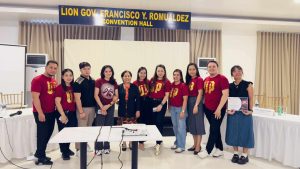
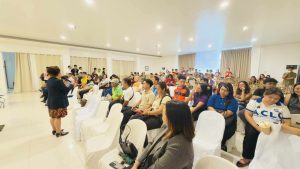
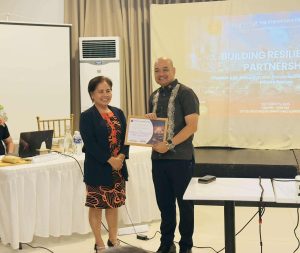
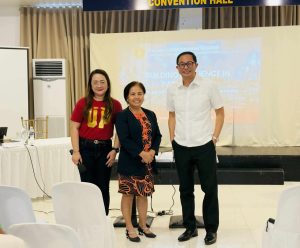
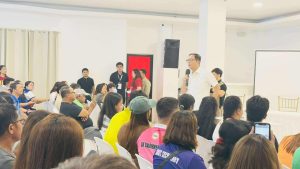
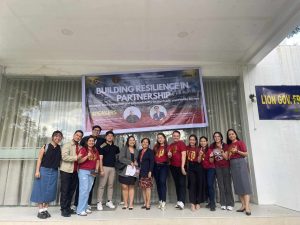
Meanwhile, Hon. Jerry Sambuyao Qasim, former Vice Mayor of Tacloban, brought to light an equally critical dimension — funding. His talk was a masterclass in how disaster management isn’t only about readiness and relief, but also about resource access, allocation, and accountability. His perspective on the availability of DRRM funds awakened a sense of civic empowerment among participants — a realization that these resources exist for the people, and that understanding how to access them intelligently is part of responsible citizenship.
The exchange of ideas that followed was electric. Participants left not just informed, but activated — inspired to build stronger links between public and private sectors, to strengthen institutional accountability, and to encourage communities to be proactive in disaster preparedness.
This seminar did what good education should do — it stirred minds and sparked movement. It reminded us that resilience isn’t built overnight or by one sector alone. It requires partnership, transparency, and the continuous pursuit of systems that truly serve the people.
As one of the attendees, I left with renewed conviction:
That preparedness is power.
That accountability is the bridge between policy and trust.
And that when both the government and private sector walk hand in hand — resilience stops being a plan, and starts becoming a way of life.
Kudos to the Division of Management and the PM 298 Class of 2025 for organizing such a purposeful and forward-looking event. May this not be the end of a discussion, but the beginning of a movement — one that empowers us all to build not just back, but better, wiser, and together.

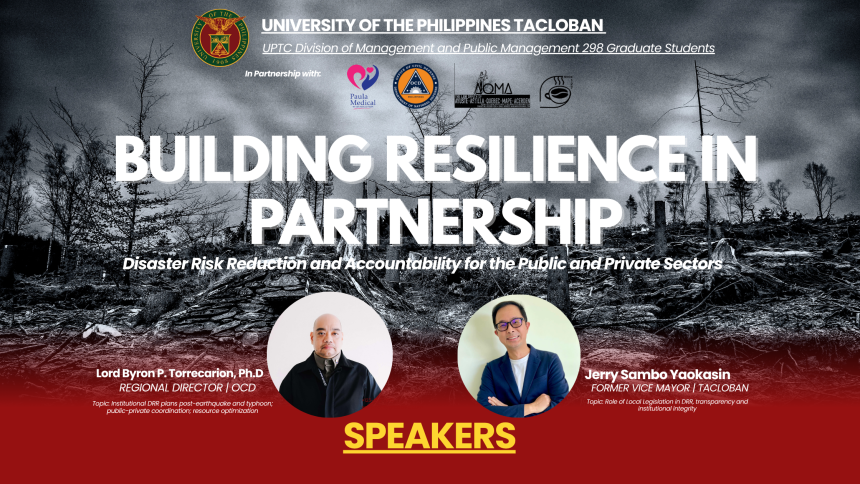
Leave a Reply